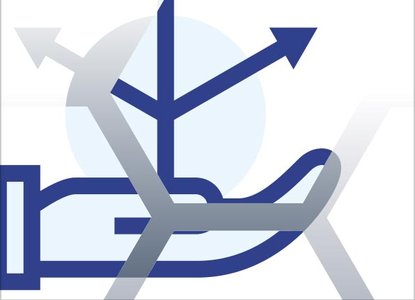An introduction to trusts
Help us understand how you are making use of resources from the Open Ownership website by filling out this short survey
Publication type
Briefing
Publication
Topics
Trusts and legal arrangements
Sections
Research
Open Ownership Principles
Coverage
Summary
This briefing aims to provide background information on the concept of trusts, and serves as a resource reference to develop an understanding of the various types of trusts, their functions, and the roles of various parties of a trust. It highlights some of the legitimate and illegitimate uses of trusts, as well as the current practice in a variety of countries on the regulatory treatment of trusts. It is a background to the paper Beneficial ownership transparency of trusts for those who are new to the concept.
Key points
- A trust is usually defined as a corporate entity in which a person or entity (“trustee”) owns and manages property or assets, entrusted by a person or legal entity (“settlor”) not for their own use or benefit but with a fiduciary responsibility to act for the benefit of persons or entities specified (“beneficiaries”), as described under the terms of the trust (e.g. a trust deed).
- In a trust, a “trustee holds legal title to the trust property, and the beneficiaries have equitable or beneficial ownership”.
- Their origin can be traced back to the 11th or 12th century in England, when trusts were used by knights leaving to fight in the Crusades to transfer their land to a trusted third party.
- It was recognised that in a trust a third party was obliged to hold and manage the property entrusted to it only for the benefit of the knight and his family until his return, or to pass it onto a designated son of the knight upon his death.
- Later, with the the enforcement of the trust by the Courts of Chancery, the use of trusts became popular. In addition to providing secrecy regarding real ownership, trusts also provided protections and privileges not afforded by common law, such as the avoidance of inheritance taxes, or to protect assets.
- This briefing refers only to “express trusts”, which are the main focus of international standards.
- Trusts can be created for a number of legitimate uses, both private and commercial. However the illegitimate uses of trusts have highlighted the necessity of ensuring the beneficial ownership transparency of corporate vehicles like trusts.

